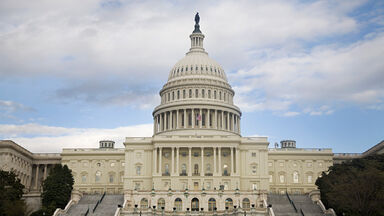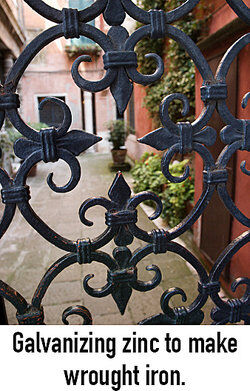After the inauguration of the new government, the composition of the Anti-Federalist party changed.
The constitution of 1787 was then before the public, and Gallatin, with his dislike of strong government still upon him, threw himself into opposition and became one of the founders of the Anti-Federalist, or, as it was afterwards called, the Republican party.
The Federalist party gradually showed broad-construction, nationalistic tendencies; the Anti-Federalist party became a strict-construction party and advocated popular rights against the asserted aristocratic, centralizing tendencies of its opponent, and gradually was transformed into the Democratic-Republican party, mustered and led by Thomas Jefferson, who, however, had approved the ratification of the Constitution and was not, therefore, an Anti-Federalist in the original sense of that term.
Subsequently he served as an Anti-Federalist in the national House of Representatives in 1789-1793, taking, as always, a prominent part in debates and other legislative concerns.





